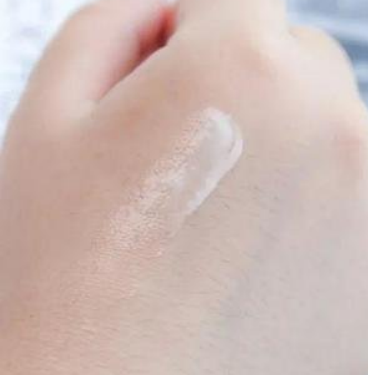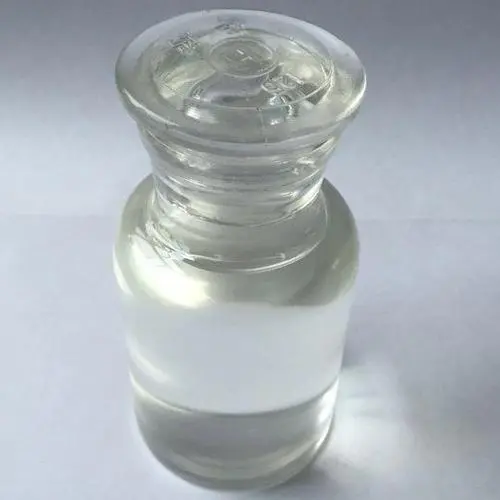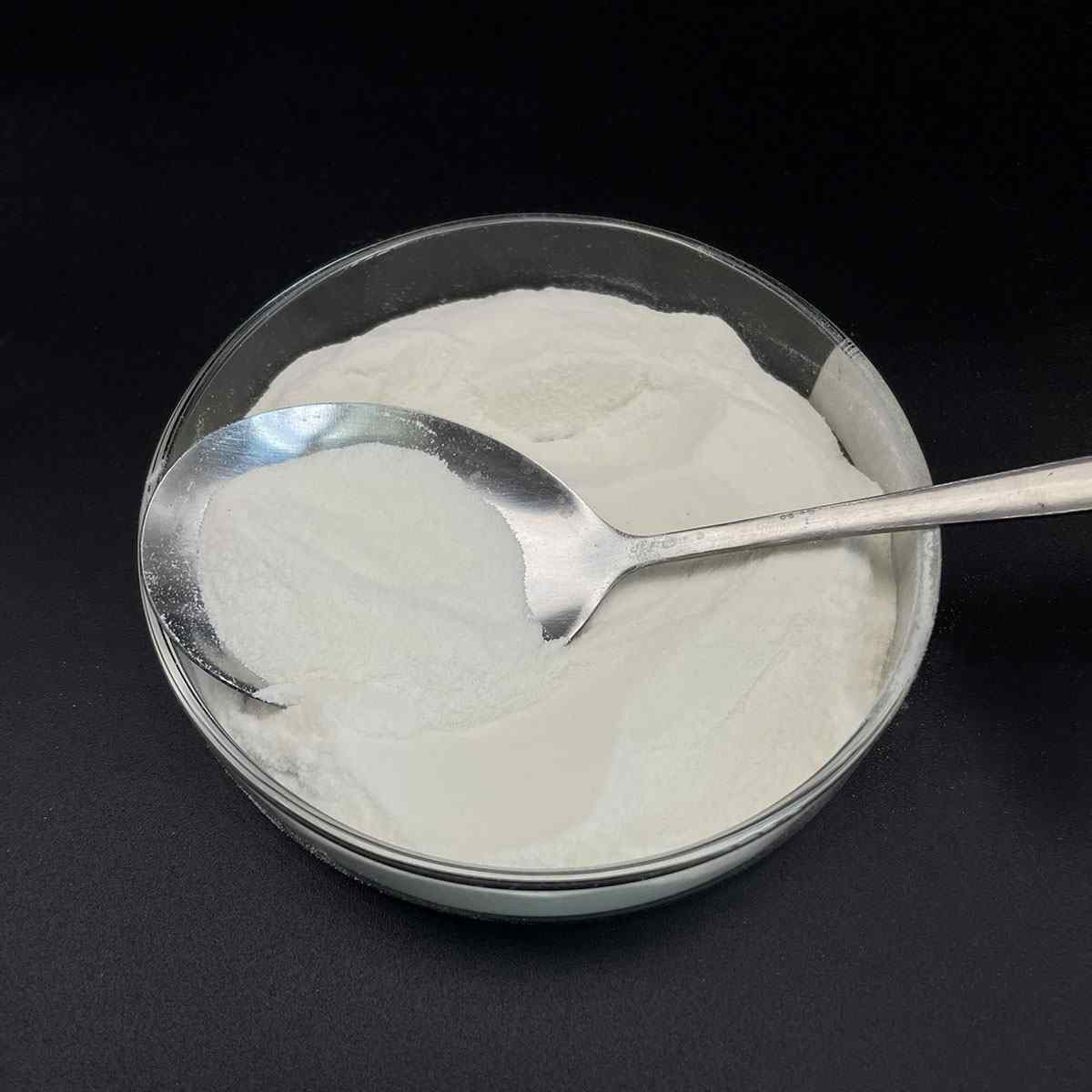1. Introduction
Just 24 hours ago, a major cosmetics brand announced a full reformulation of its bestselling shampoo line—removing sodium lauryl sulfate in response to growing consumer demand for gentler, sulfate-free formulas. This move reflects a broader industry shift toward milder surfactants like decyl glucoside, coco glucoside, and sodium cocoyl isethionate. But what exactly is sodium lauryl sulfate, and why has it dominated personal care and industrial products for decades?

Sodium lauryl sulfate (SLS), also known as sodium dodecyl sulfate or natrium lauryl sulfate, is one of the most common anionic surfactants in use today. Whether you’ve seen it listed as ‘sls sodium lauryl sulfate,’ ‘na lauryl sulfate,’ or simply ‘lauryl sulfate,’ it’s likely hiding in your toothpaste, body wash, or even your weed killer.
2. What Is a Surfactant?
Before diving into SLS, let’s clarify the meaning of surfactant. Short for ‘surface-active agent,’ a surfactant is a molecule that reduces surface tension between liquids or between a liquid and a solid. This allows products to spread, foam, emulsify, or penetrate more effectively.
Surfactants fall into four main categories: anionic (negatively charged), cationic (positively charged), nonionic (no charge), and amphoteric (can switch charge based on pH). Sodium lauryl sulfate is a classic example of an anionic surfactant, prized for its strong cleansing and foaming power.
3. Sodium Lauryl Sulfate: Chemistry and Function
Chemically, sodium lauryl sulfate is derived from dodecyl alcohol (a 12-carbon fatty alcohol) and sulfuric acid, followed by neutralization with sodium hydroxide. Its molecular formula is C12H25SO4Na, and it’s often confused with sodium laureth sulfate (also called sodium lauryl ether sulfate or sodium lauryl ether sulphate), which is ethoxylated and generally milder.
Unlike sodium laureth (or laureth sulphate), which contains ethoxylated alcohol chains, SLS has no ethoxylation—making it more irritating to skin and eyes but also more effective at cutting through grease. This is why it’s used not just in shampoos but also in industrial cleaners and surfactant for herbicides.

4. Common Uses of SLS
Sodium lauryl sulfate for sale is widely available to manufacturers due to its low cost and high performance. Key applications include:
- Personal care: shampoos, toothpastes, facial cleansers (often paired with amphoteric surfactants like cocamidopropyl betaine or coco betaine to reduce irritation)
- Household cleaners: dish soaps, laundry detergents
- Agricultural products: used as a lawn wetting agent or surfactant for weed killer to help active ingredients stick to waxy plant leaves
- Industrial formulations: sometimes combined with lignin sulfonate or polysorbate 80 for enhanced dispersion
In fact, ‘sodium lauryl ether sulphate in shampoo’ is often used alongside SLS to balance foam and mildness, though purists seeking sulfate-free options avoid both.
5. Safety and Misconceptions
Despite viral claims online, SLS is not carcinogenic. Regulatory bodies like the FDA and EU SCCS consider it safe at typical usage levels (usually 1–15%). However, it can cause skin irritation, especially in people with sensitive skin or conditions like eczema.

This has led to rising interest in alternatives such as alkyl polyglucoside, sodium lauroyl sarcosinate, sodium cocoyl glutamate, and bio surfactants like coco sodium sulfate. These are often labeled as ‘gentle,’ ‘natural,’ or ‘sulfate-free.’
Note: ‘Sls sulfate’ or ‘sls sodium laureth sulfate’ are misnomers—SLS and sodium laureth sulfate (SLES) are distinct compounds, though both are anionic surfactants.
6. How SLS Compares to Other Surfactants
Not all surfactants are created equal. Here’s how SLS stacks up:
- vs. Sodium laureth sulfate (SLES): SLES is milder due to ethoxylation but may contain trace 1,4-dioxane (a potential contaminant).
- vs. Amphoteric surfactants like cocamidopropyl (or amidopropyl betaine): These are less irritating and often used to buffer SLS’s harshness.
- vs. Nonionic surfactants like pluronic 127, poloxamer 188, or span80: These don’t foam much but excel at emulsifying oils.
- vs. Cationic surfactants like cetyl trimethyl ammonium bromide (CTAB) or cetyltrimethylammonium bromide: Used in conditioners for their antistatic properties, not cleansing.
Other anionic surfactants include sodium dodecylbenzene sulfonate, ammonium lauryl sulfate (also called ammonium dodecyl sulfate), and sodium coco sulfate—each with unique solubility and foaming traits.
7. Emerging Trends and Alternatives
With consumers increasingly wary of traditional sulfates, brands are turning to plant-derived options. Decyl glucoside, coco glucoside, and sodium lauroyl methyl isethionate offer effective cleansing without the sting. Companies like Rohit Surfactants Private Limited now specialize in producing these next-gen bio surfactants at scale.
Even in agriculture, nonionic surfactant blends (like ethoxylated alcohols) are replacing SLS in some ‘wetting agent for grass’ formulations to reduce phytotoxicity. Meanwhile, fluoro surfactants and sodium deoxycholate remain niche due to cost or regulatory hurdles.
8. Conclusion
Sodium lauryl sulfate remains a workhorse surfactant thanks to its effectiveness and affordability. But as awareness grows about skin sensitivity and environmental impact, the market is rapidly embracing milder, sustainable alternatives. Whether you’re choosing a shampoo or formulating a herbicide, understanding the difference between anionic, cationic, nonionic, and amphoteric surfactants—and knowing terms like ‘sulfate laureth’ versus ‘lauryl sulfate’—empowers smarter decisions. After all, not all sulfates are the same, and not all surfactants foam like SLS.
Our Website founded on October 17, 2012, is a high-tech enterprise committed to the research and development, production, processing, sales and technical services of ceramic relative materials such as What. Our products includes but not limited to Boron Carbide Ceramic Products, Boron Nitride Ceramic Products, Silicon Carbide Ceramic Products, Silicon Nitride Ceramic Products, Zirconium Dioxide Ceramic Products, etc. If you are interested, please feel free to contact us.


